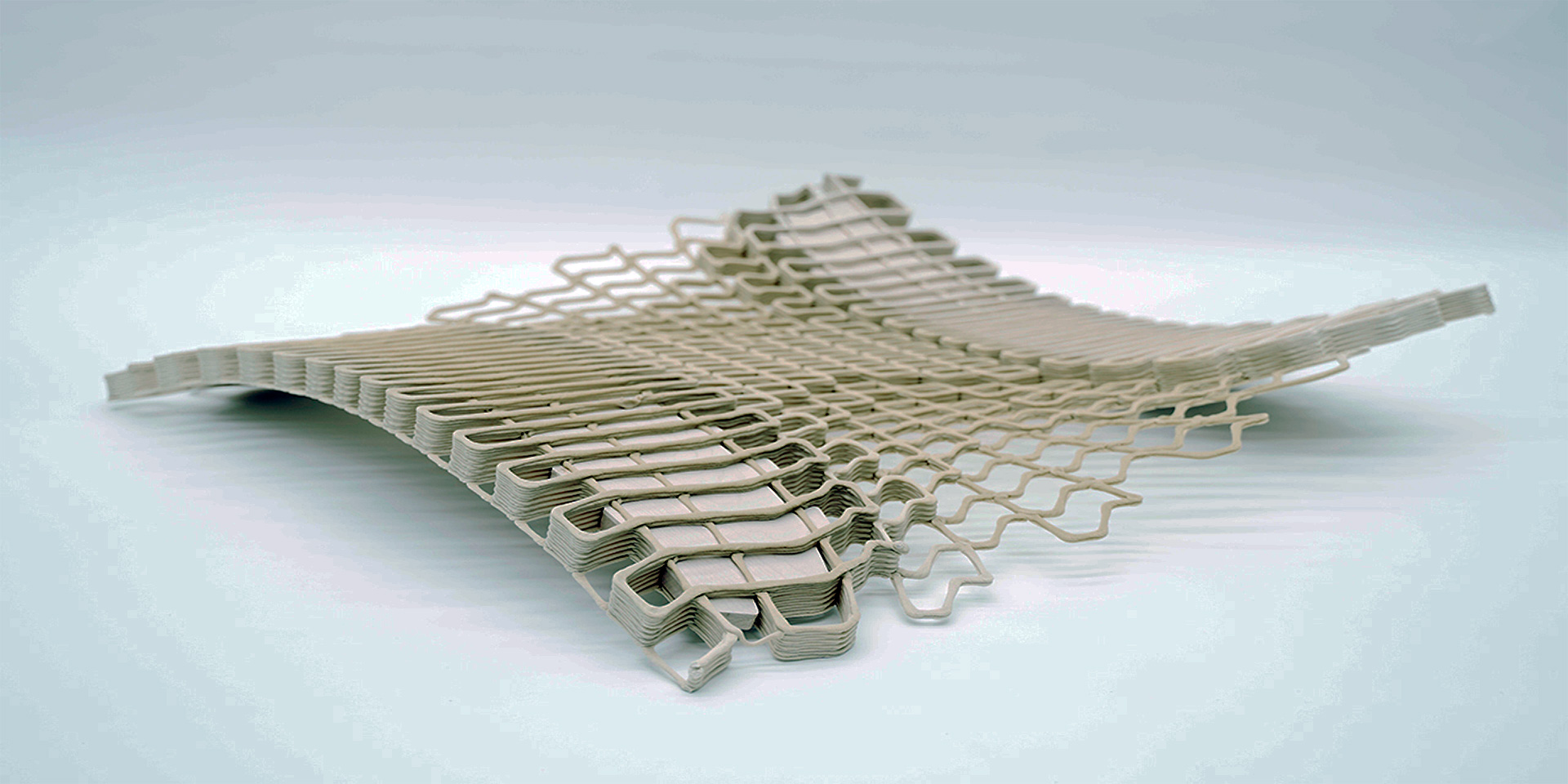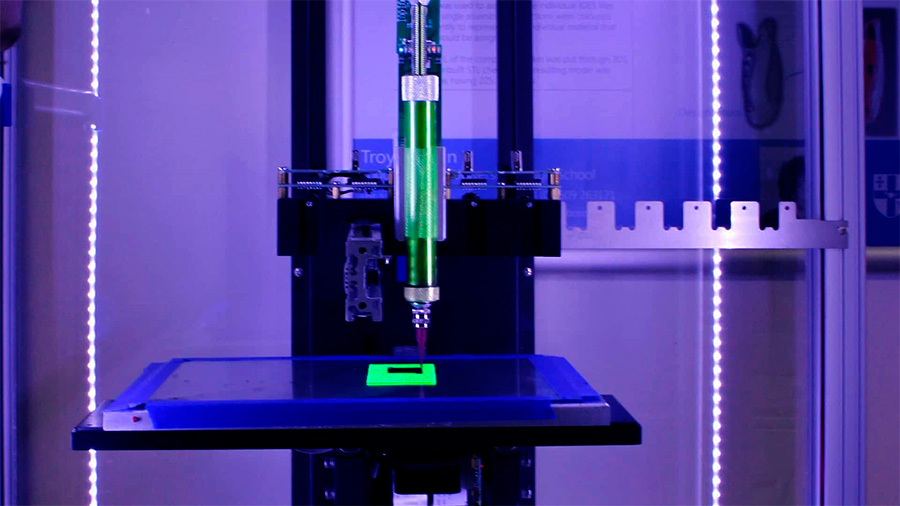
Programmable Matter: Shaping the Future of Material Science
Programmable matter is an exciting innovation in material science, promising to revolutionize various industries by enabling materials to change their physical properties on command. This transformative technology has the potential to reshape our world by providing unprecedented versatility and adaptability in how we use and interact with materials. This article delves into the technology behind programmable matter, its current applications, and its future potential in fields such as robotics, healthcare, and manufacturing.
Understanding Programmable Matter
Programmable matter refers to materials that can change their shape, density, electrical conductivity, optical properties, or other characteristics in response to external stimuli. These stimuli can include electrical signals, magnetic fields, temperature changes, or chemical reactions. The concept is akin to having a single material that can transform into multiple forms, providing a versatile solution to various practical problems.
The technology behind programmable matter involves the integration of advanced materials science, nanotechnology, and computer science. At the heart of programmable matter are microscopic or nanoscale components that can be individually controlled and reconfigured. These components can be designed to move and assemble in different ways, allowing the material to adapt its properties dynamically.
One approach to creating programmable matter is the use of “smart” materials, which inherently change their properties in response to environmental changes. Another approach involves creating complex systems of tiny robots or particles, sometimes referred to as “claytronics” or “robotic matter,” that can rearrange themselves into different configurations based on programmed instructions.

Current Applications of Programmable Matter
Programmable matter is already finding its way into various applications, demonstrating its potential to transform industries and improve our daily lives.
Robotics
In robotics, programmable matter can be used to create adaptable and multifunctional robots. These robots can change their shape and functionality based on the tasks they need to perform. For example, a single robot made of programmable matter could morph from a drone for aerial inspections to a ground vehicle for terrestrial exploration, offering unmatched flexibility in various environments.
Programmable matter also enables the development of “soft” robots, which are more flexible and capable of navigating complex and constrained spaces. These soft robots can change their shape to squeeze through tight gaps or handle delicate objects, making them ideal for applications in search and rescue, medical procedures, and industrial automation.
Healthcare
In healthcare, programmable matter holds significant promise for developing advanced medical devices and treatments. One potential application is in the creation of adaptive implants that can change their shape to fit the patient’s body perfectly, reducing the risk of complications and improving outcomes. For example, programmable stents could adjust their size and shape to match the specific anatomy of a patient’s blood vessels, ensuring better support and blood flow.
Another exciting application is in drug delivery systems. Programmable matter can be used to create “smart” drug carriers that release medication at controlled rates and specific locations within the body. These systems can respond to changes in the patient’s physiology, such as pH levels or temperature, to deliver drugs more effectively and with fewer side effects.
Manufacturing
In manufacturing, programmable matter can revolutionize the production process by enabling the creation of materials and components that can be reconfigured on demand. This flexibility allows manufacturers to produce customized products without the need for extensive retooling or new molds. For instance, a single sheet of programmable material could be transformed into different shapes and structures based on the product requirements, reducing waste and production costs.
Programmable matter also has the potential to enhance the development of new materials with properties that can be adjusted during use. For example, materials that change their thermal conductivity or electrical properties in response to environmental conditions could lead to more efficient and adaptive systems in electronics, energy, and construction.
Future Potential of Programmable Matter
The future of programmable matter is filled with exciting possibilities that could further transform various industries and aspects of our daily lives.
Robotics
In robotics, the continued development of programmable matter could lead to the creation of fully autonomous systems capable of adapting to any situation. Imagine a rescue robot that can transform from a small, agile device to a large, robust machine capable of moving heavy debris, all based on the demands of the situation. This level of adaptability could significantly enhance the capabilities of robots in emergency response, space exploration, and beyond.
Healthcare
In healthcare, programmable matter could lead to the development of entirely new types of medical treatments and devices. Personalized medicine could reach new heights with implants and devices that adapt in real-time to the patient’s needs. Additionally, the ability to create materials that interact dynamically with biological tissues could pave the way for advanced tissue engineering and regenerative medicine, providing new solutions for repairing and replacing damaged tissues and organs.
Everyday Life
In our everyday lives, programmable matter could lead to the creation of smart environments and adaptive structures. Imagine furniture that changes shape to accommodate different uses or clothing that adapts to weather conditions to keep you comfortable. Buildings made from programmable materials could adjust their properties for energy efficiency, comfort, and safety, leading to more sustainable and resilient infrastructure.
Conclusion
Programmable matter represents a significant advancement in material science, offering the ability to change physical properties on command and providing unprecedented versatility and adaptability. This technology is already showing promise in fields such as robotics, healthcare, and manufacturing, with the potential to transform these industries and improve our daily lives.
As research and development continue, the possibilities for programmable matter are vast. From creating adaptable robots and personalized medical devices to revolutionizing manufacturing processes and developing smart environments, programmable matter holds the key to a more flexible, efficient, and innovative future. By harnessing the power of this technology, we can unlock new solutions to complex problems and open up new horizons in science and technology.



